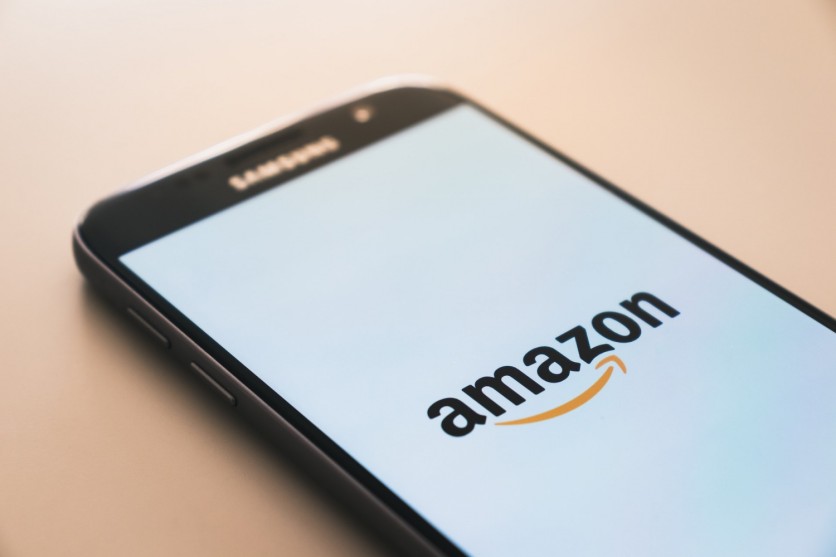Amazon is bringing its long-range and low-bandwidth wireless network Sidewalk which can greatly benefit outside developers.
With the rollout of this network, your smart home gadget can connect to Wi-Fi routers by only borrowing a portion of Wi-Fi bandwidth for reception and delivery of signals to Amazon servers.
What Does Amazon Sidewalk Wireless Network Do?

This is not the first time that Amazon mentioned Sidewalk. The Seattle-based firm first announced it back in 2019 when it said that it would bring low-bandwidth Wi-Fi coverage to Internet of Things (IoT) devices.
The network has a gigantic coverage in the United States because it covers about 90% of the US population, according to a report by Bloomberg.
"It kind of hits the sweet spot between cellular functionality and Wi-Fi, but goes to a place where Wi-Fi doesn't have the best coverage," Amazon's Devices and Services Group Senior VP Dave Limp told the news outlet.
Amazon aims to expand the service to Sidewalk devices in late 2023. Limp added that the company expects to see more developer jumping on it within the next six to 12 months.
Initially, Sidewalk was only created to connect smart speakers to low-bandwidth networks. However, it's only limited to a few developers who could establish an app for the network.
Some of the IoT devices that can benefit from it include motion detectors and smart locks which only rely on "low-power operations."
Having said that, deploying the bridge devices can extend more help to hard-to-reach areas that need connectivity or coverage.
Amazon Launches New Developer Test Kit For Sidewalk
For the developers to assess the signal strength within an area or a locality, Amazon is also launching a new test kit for them, according to TechCrunch.
It's important that before they create a product, they should first know if it has the tool to connect to a network.
If you have this GPS-enabled test kit, you can actually take glances at the raw data of the coverage map. Of course, you need to log into Amazon's Sidewalk coverage service before that.
Amazon ensures that every developer will have a safe space when using this kit. For instance, you can see your device's exact location, but you won't see the devices that are surrounding the coverage map.
If you're familiar with Apple's Find My Network, Amazon's Sidewalk functions almost similar to this one. The only difference is that instead of Amazon-powered devices, Find My users utilize iPhones, iPads, and the like to track their missing Apple gadgets. It also covers lost products from other firms.
Meanwhile, The Verge reports that Amazon begins flagging "frequently returned" product listings so consumers will do their research before purchasing an item. This way, they can save time and money from buying misleading products from the store.

![Apple Watch Series 10 [GPS 42mm]](https://d.techtimes.com/en/full/453899/apple-watch-series-10-gps-42mm.jpg?w=184&h=103&f=9fb3c2ea2db928c663d1d2eadbcb3e52)



